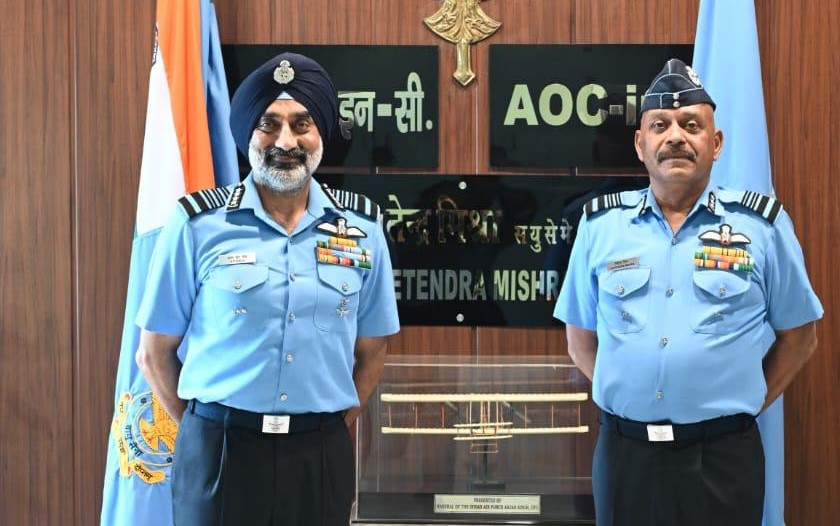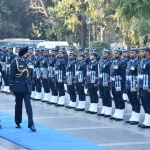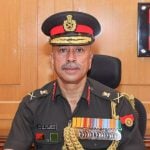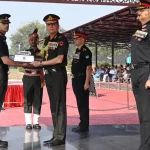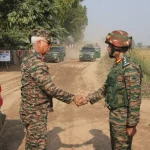Air Chief Marshal AP Singh, Chief of the Air Staff, visited the Western Air Command (WAC) headquarters today, where he was given a detailed briefing on operational readiness following the recently concluded “Operation Sindoor.” The visit highlights the Indian Air Force’s (IAF) resolve to maintain peak preparedness amid dynamic regional security challenges.
During the interaction, Air Chief Marshal Singh commended the commitment of the air warriors and lauded the success of the mission, calling it a testament to the professionalism and efficiency of the IAF. He stressed the importance of sustaining the current momentum, underlining goals such as capability enhancement, optimal resource utilization, and the transformation of the IAF into a future-ready aerospace force.
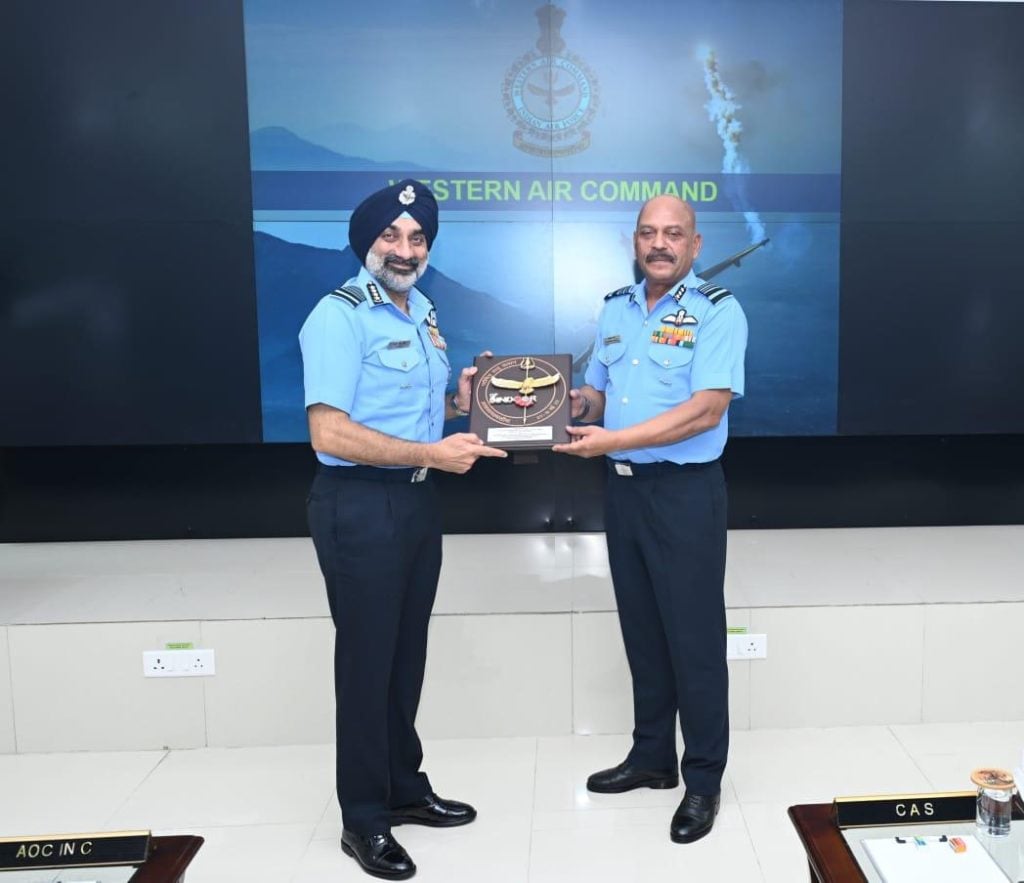
The Chief reiterated the service’s long-term vision, including the expansion of fighter strength to 42 squadrons by 2035 and the incorporation of advanced technologies such as unmanned combat aerial vehicles (UCAVs), swarm drones, and intelligence-driven operations.
The visit also featured a ceremonial exchange, where Air Marshal Jeetendra Mishra, Commander of Western Air Command presented a memento to the Air Chief, symbolizing the strong esprit de corps within the force. Air Chief Marshal Singh reviewed personnel during a formal parade, reaffirming the command’s central role in defending India’s western frontiers—a responsibility WAC has shouldered since the 1962 Indo-China conflict.

Air Chief Marshal Singh, who took over as Chief of the Air Staff on September 30, 2024, has been instrumental in driving modernization and indigenization efforts. He earlier served as the Air Officer Commanding-in-Chief of Central Air Command and has consistently championed indigenous defense systems. At Aero India 2025, he addressed concerns over delays in the Tejas program while reiterating the IAF’s commitment to next-generation aerospace technologies.
Looking ahead, the IAF is focused on enhancing multi-domain capabilities with the planned induction of advanced UAVs and ISTAR (Intelligence, Surveillance, Target Acquisition, and Reconnaissance) platforms, ensuring it remains fully equipped to counter evolving security threats.

